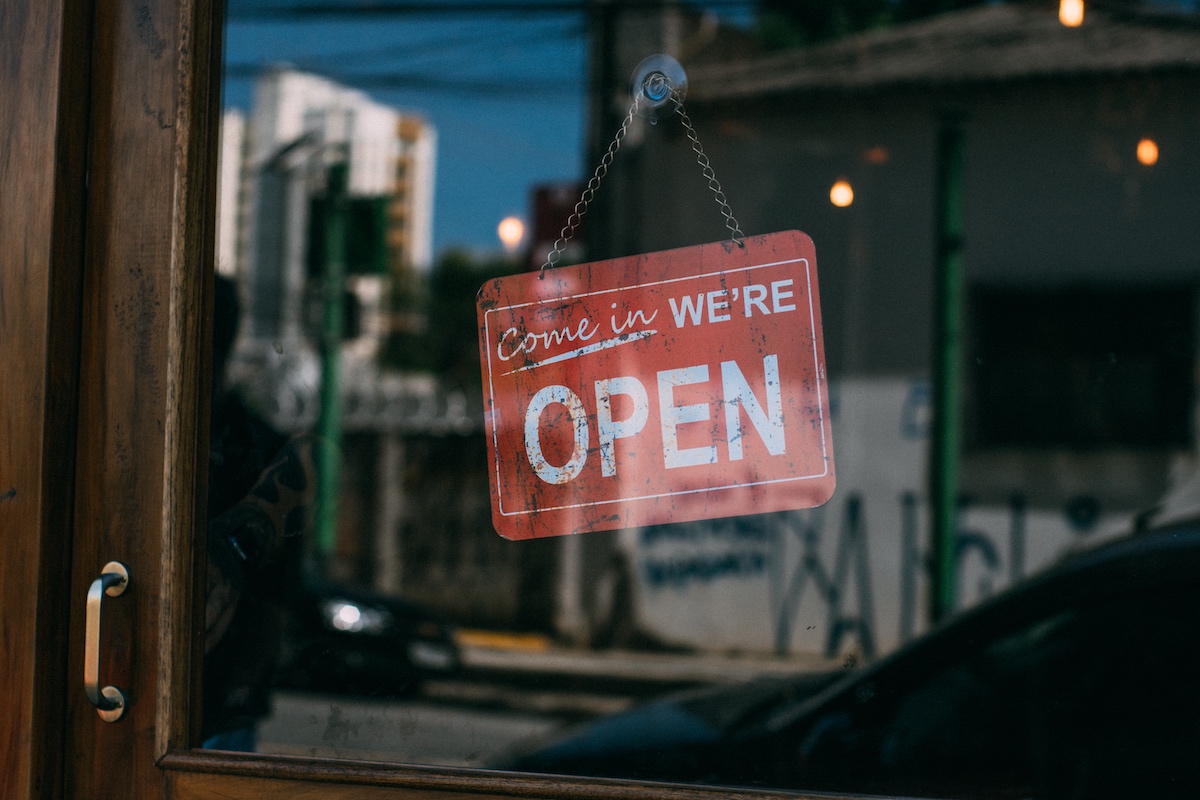Through the first month of the 2021 version of the federal Paycheck Protection Program (PPP), about half of the $284 billion allocated to the program this round has been secured by businesses impacted by the pandemic.
That leaves a lot of money still on the table, with the federal program set to expire March 31.
Many small business owners are sitting on the sideline, having doubts about whether the program is right for them. They might not know if they qualify, and they might have concerns about the process related to loan forgiveness.
To help entice entrepreneurs to take the federal government’s offer to cover payroll expenses for three months, the Biden administration announced a plan to accept PPP loan applications only from businesses with 20 or fewer employees for two weeks, beginning Feb. 24.
While the exclusive application period allows lenders to focus on the smallest of businesses, there still are a few myths about the program that continue to give small business owners pause.
Here are five myths about the PPP — and some information that could help to clear up any misconceptions.
MYTH #1: The PPP is just for big businesses.
FACT: If you’re considering your first PPP loan and have fewer than 500 employees, you’re eligible for a PPP loan. In fact, even if you have no employees, the program may be available to you (see myth #2).
As of August 2020, 75% of businesses that had received PPP loans had nine or fewer employees, according to the U.S. Small Business Administration (SBA). Furthermore, nine out of 10 loans were for $150,000 or less.
MYTH #2: I can only get the PPP if I have employees.
FACT: If you run a business, even as a sole proprietor or an independent contractor, you may be eligible to apply for a PPP loan. Meet with your business banker to discuss your options and eligibility.
If your business has filed a 2019 or 2020 tax return (Form 1040 Schedule C for 2019 or 2020 for independent contractors), you can apply. Those without employees will need to submit IRS Form 1040 Schedule C to report your net business income.
MYTH #3: My business probably won’t meet the credit and eligibility requirements.
FACT: If your business was in operation Feb. 15, 2020, you have already met a key eligibility requirement. From there, you will need to provide documentation showing that you were in business and demonstrating payroll.
Small businesses owners may also worry that their credit status could keep them from getting a PPP loan. Although you will apply through a lender, there is no credit check requirement when applying for a PPP loan.
MYTH #4: If you have other SBA financial assistance, you can’t get a PPP loan.
FACT: Business owners can apply for the PPP and other SBA financial assistance (except for the Shuttered Venue Operators Grant), such as the Economic Injury Disaster Loan (EIDL) and Section 7(a) loans. However, you can’t use your PPP funding and your EIDL loan for the same purpose, such as payroll. Note: An EIDL loan must be repaid.
And, while each program has its own requirements, don’t let the idea of applying for one loan sway you from applying for the other. Now is the time to use all the resources available to you. Just make sure you follow the guidelines of each program and maintain your documentation on how you’re using each loan.
MYTH #5: The forgiveness process is complicated and won’t apply to my business.
FACT: The keys to loan forgiveness are understanding the requirements of the program and maintaining the appropriate documentation.
First, full forgiveness of your PPP loan is not guaranteed. However, if you use the PPP loan proceeds as required by the PPP rules, your loan should be forgiven. If some or all your PPP loan cannot be forgiven, the terms of the loan are better than most at 1% APR for 60 months with payments deferred up to 10 months following the end of the chosen covered period. If you apply for forgiveness prior to the end of your deferment, the deferment ends when loan forgiveness is remitted by the SBA or if the loan forgiveness is denied, when the decision is communicated.
The SBA also recently released new guidance and forms to make forgiveness much simpler for loans under $150,000. Be sure to ask your banker about this or consult the SBA’s website prior to applying for forgiveness.
###
The PPP may not be the answer for every business, but it is worth considering. Speak with your banker for additional information on SBA programs or consult your attorney, CPA or other advisor to help determine eligibility.







